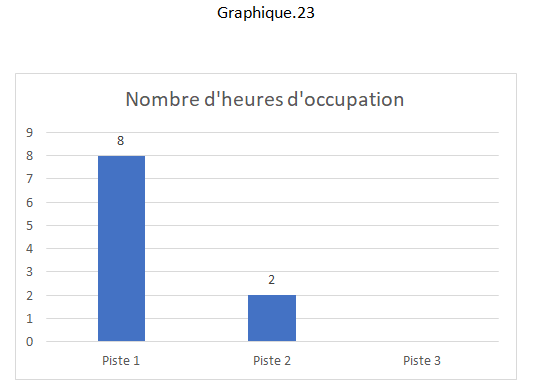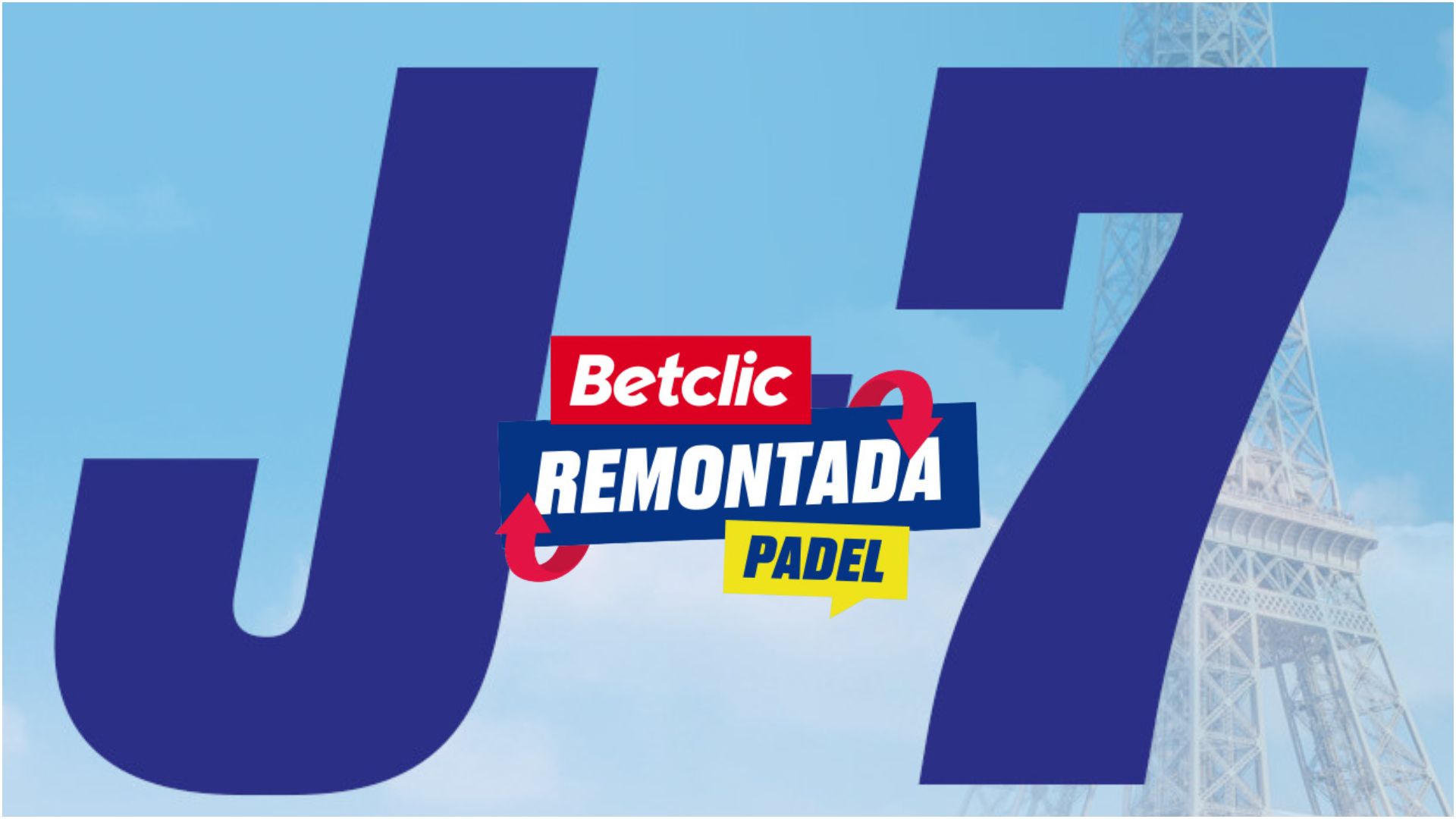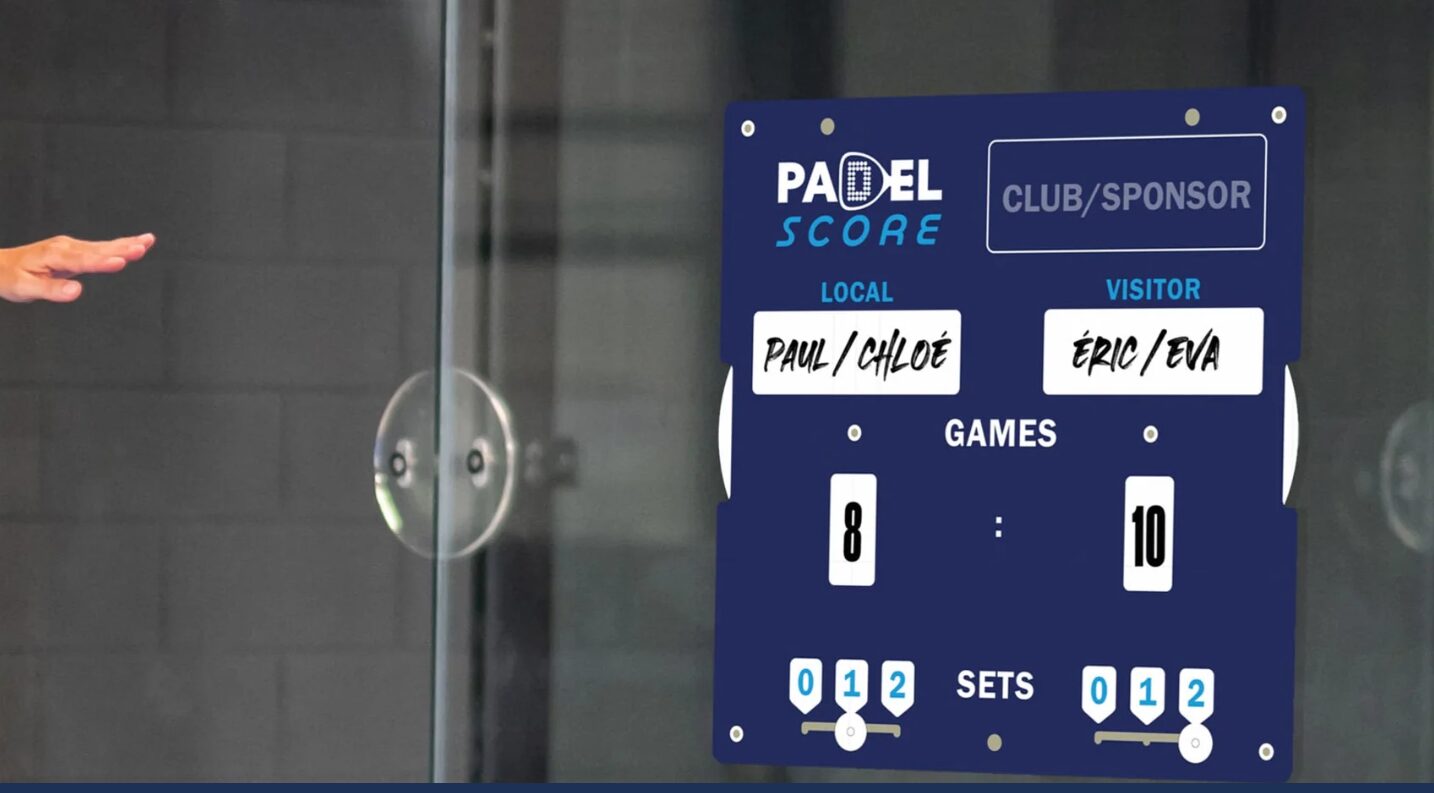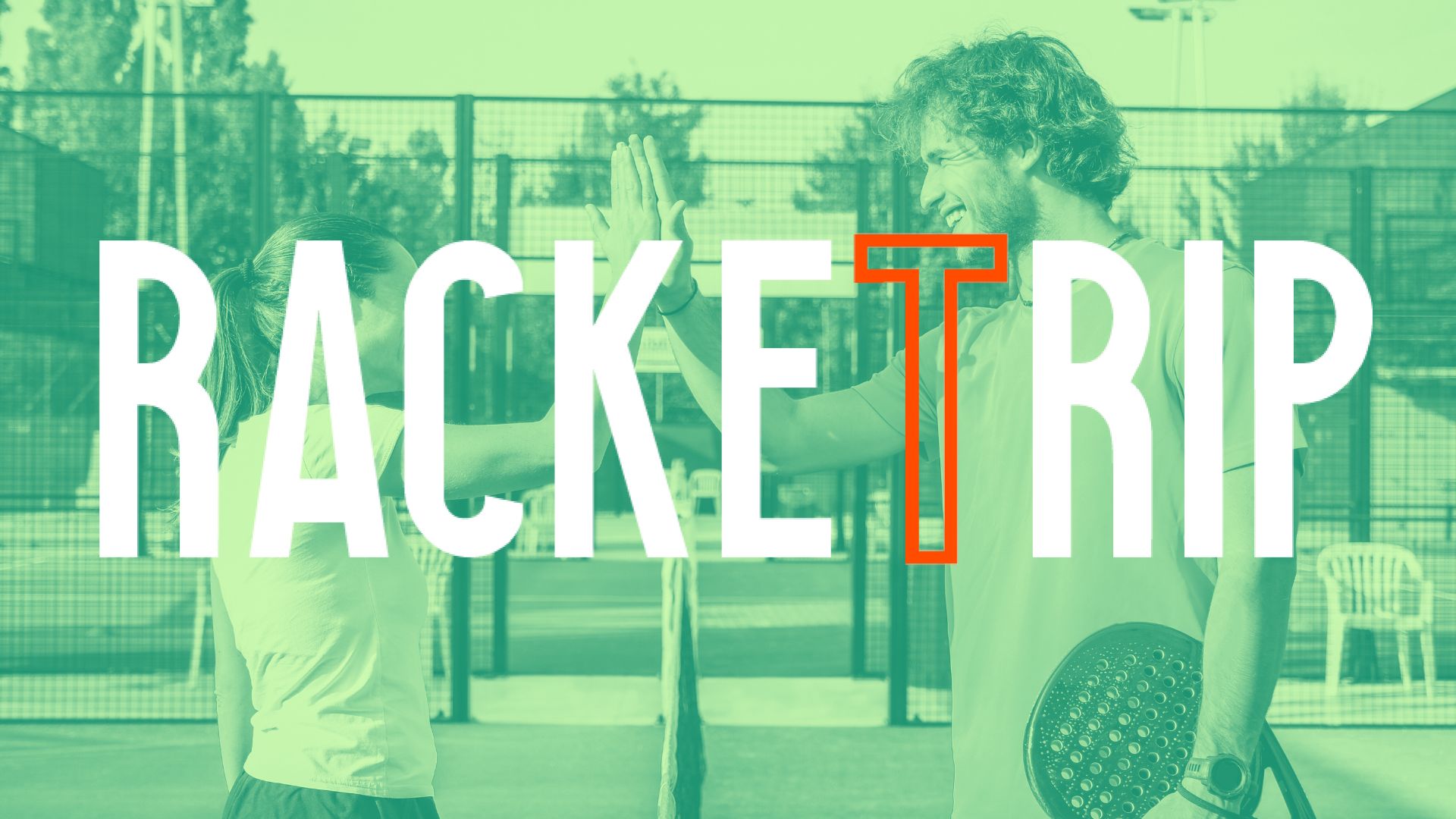This section is based on the analysis of the occupancy of 14 clubs of Padel in France for 5 weeks last fall.
Understand the occupation of a club Padel
First of all I want to develop something. If someone comes to you and says, " your tracks will be occupied on average X hours a day, it serves you for nothing ».
I explain myself through an invented example. Suppose you have 3 tracks of Padel and that they be occupied as follows every day of the year.

The first way to look at it is as follows:
1 track is busy 4h
2 track is busy 4h
3 track is busy 2h
We therefore have 10 hours of occupancy in all, which makes an average of 3,33 hours per day. Great ! you will say to me, my leads are profitable! FALSE and archi FALSE!
The real approach you need to have in mind when analyzing your runway occupancy rate is to look at "how often do you need a runway to meet demand?" How often do we need 2 tracks? and 3 tracks? "
Let's do the same calculation now.
We need a track during 8 time slots of the day (8h).
We need a second track to meet demand during 2 time slots of the day (2h).
We never need the 3rd track during the day because the three tracks are never occupied at the same time!
This means that the occupancy rate of a club Padel is stepped as in the graph below.
So if you build 3 tracks of Padel and that a builder comes to tell you "you will see your tracks will be profitable because on average we have an occupancy rate of X hours per lot" he is not a serious builder!
In the example I gave you, the first two tracks are profitable, the last is a loss of money and area.

Franck Binisti discovers the padel at the Club des Pyramides in 2009 in the Paris region. Since padel is part of his life. You often see him touring France going to cover the major events of padel French.




































































































 FIP Promotion Sharjah – More French people in the United Arab Emirates
FIP Promotion Sharjah – More French people in the United Arab Emirates P1000 PadelShot Saint-Étienne – Follow the surprise poster Vincent/Hugounenq – Couturier/Benmergui live
P1000 PadelShot Saint-Étienne – Follow the surprise poster Vincent/Hugounenq – Couturier/Benmergui live Premier Padel Brussels P2 – Juan Lebron and Ale Galan together in Belgium?
Premier Padel Brussels P2 – Juan Lebron and Ale Galan together in Belgium? Agustin Tapia salutes the longevity of Miguel Lamperti
Agustin Tapia salutes the longevity of Miguel Lamperti Guillaume Codron de Sud Padel : “A family project”
Guillaume Codron de Sud Padel : “A family project” Nallé Grinda: “Democratize the padel in the USA with PadelX "
Nallé Grinda: “Democratize the padel in the USA with PadelX " Simon Boissé: “We know that there are two nations in front of us”
Simon Boissé: “We know that there are two nations in front of us” Marie Maligo: “This period of frequent changes of partners was beneficial for me”
Marie Maligo: “This period of frequent changes of partners was beneficial for me” The All Star Tour returns on May 16 at the All In in Lyon
The All Star Tour returns on May 16 at the All In in Lyon D-7 of the “BetClic Remontada Padel”, at the foot of the Eiffel Tower
D-7 of the “BetClic Remontada Padel”, at the foot of the Eiffel Tower Padel Score: an essential table for keeping score
Padel Score: an essential table for keeping score Léa Godallier makes her big return to the slopes this weekend
Léa Godallier makes her big return to the slopes this weekend Unusual – Sanyo Gutierrez and Maxi Sanchez suffered in Brussels
Unusual – Sanyo Gutierrez and Maxi Sanchez suffered in Brussels José Manuel Escin at the inauguration of Casa Padel DOS: “Finally, and thank you!”
José Manuel Escin at the inauguration of Casa Padel DOS: “Finally, and thank you!” Padel Score comes to Tahiti for American Express Padel Cup!
Padel Score comes to Tahiti for American Express Padel Cup! Do you know the Rafa Nadal Academy Tour?
Do you know the Rafa Nadal Academy Tour? Play at padel on his yacht? Possible for €233.000!
Play at padel on his yacht? Possible for €233.000! Presentation of the Wilson Bela V2.5 collection
Presentation of the Wilson Bela V2.5 collection The LinkedIn of racquet sports: Racket Trip
The LinkedIn of racquet sports: Racket Trip The score at padel : manual
The score at padel : manual Our Top 10 training courses padel in France and Europe
Our Top 10 training courses padel in France and Europe At the heart of padel – Episode 25: Paul and Andoni answer your questions
At the heart of padel – Episode 25: Paul and Andoni answer your questions At the heart of padel – Episode 23: defend the window well
At the heart of padel – Episode 23: defend the window well Prohibition on playing topless Padel : the reasons
Prohibition on playing topless Padel : the reasons FIP Tour – Going far from Europe, THE strategy to earn points!
FIP Tour – Going far from Europe, THE strategy to earn points! What is a good football player? padel ?
What is a good football player? padel ? “Lefties give me headaches when I play against them!”
“Lefties give me headaches when I play against them!” At the heart of padel – Episode 14: how to earn points in winter?
At the heart of padel – Episode 14: how to earn points in winter? The basic tactics of padel
The basic tactics of padel A par 4 is always a winner...even if you manage to defend it!
A par 4 is always a winner...even if you manage to defend it! Carbon fiber VS fiberglass: what to choose?
Carbon fiber VS fiberglass: what to choose? How to effectively test a racket padel ?
How to effectively test a racket padel ? La padel to fight Parkinson's disease
La padel to fight Parkinson's disease Don't play with a cracked or broken racket, your body will thank you!
Don't play with a cracked or broken racket, your body will thank you! Michel Cymes: “The padel, physically, it’s serious!”
Michel Cymes: “The padel, physically, it’s serious!” Jeremy Gala: “Promote the padel among young people in Belgium remains a challenge”
Jeremy Gala: “Promote the padel among young people in Belgium remains a challenge” The French Touch Academy organizes its selection day Padel-Study
The French Touch Academy organizes its selection day Padel-Study Report on the detection and training of younger generations
Report on the detection and training of younger generations